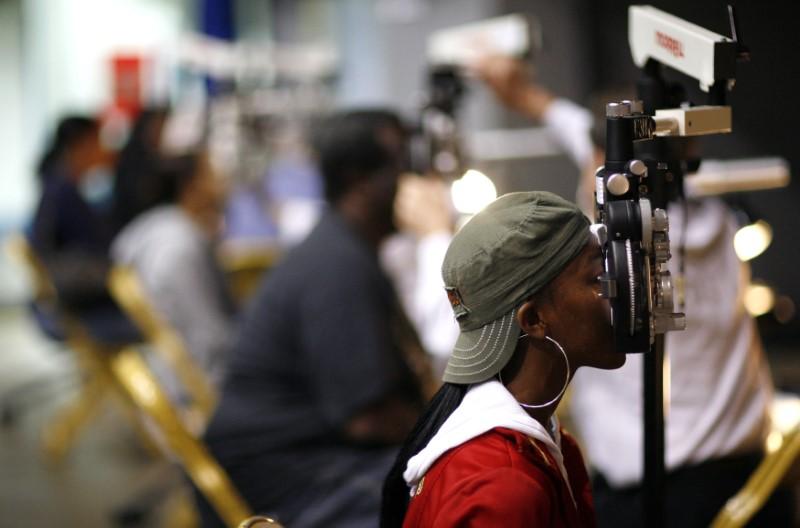Why Do Americans Put Up With High Gene Therapy Prices?
According to the recent poll, Americans are concerned about drug costs however tolerant of expensive gene therapies, but most believe the cost is worthwhile because such treatment can cure people. Genetic treatments are becoming highly popular as they can help patients with uncommon hereditary infections. In any case, the medicines are exorbitant: one specific one-time quality treatment for spinal solid decay (SMA) surpasses $2 million.
A survey from the Pacific Research Institute (PRI) demonstrates that surprising expense isn’t constantly an obstacle. The information shows that Americans overwhelmingly bolster new quality treatments that are viewed more as potential fixes as opposed to long haul treatment. Over 78% of respondents accept costly quality treatment medications are justified, despite all the trouble, since they could actually cure people.
As the objective of quality treatments is to address underlying disease causes as opposed to treating symptoms, more individuals support the possibilities. As indicated by the survey, 80% of respondents concur that concentrating on fixes could really compare to constantly treating them. The good reaction is especially fascinating in light of the ongoing endorsement of Novartis’ Zolgensma, which expenses $2.125 million for SMA treatment and Spark Therapeutics’ Luxturna, with its $850,000 cost for a potentially one-time treatment for an uncommon type of visual deficiency.
Prepare to pay $1 mln

Luxturna was the third approved gene therapy in 2017. In August, the agency approved Kymriah from Novartis (CAR-T cell immunotherapy, in which a patient’s immune cells are removed, modified outside the body and then returned to the bloodstream to fight leukemia). The second CAR-T cell approved immunotherapy was Yescarta from Gilead Sciences. Unlike those named, Luxturna is the first drug that corresponds to the “traditional” perception of gene therapy, when viruses filled with DNA are introduced directly into the body. To date, more than 600 clinical trials that use gene therapy are being conducted in the United States.
The origins of Luxturna began with studies by Jean Bennet at the University of Pennsylvania in the 1990s. In 2000, she tested gene therapy to treat genetic retinal diseases in dogs. However, there were difficulties with further financing after the widely publicized deaths of the patient in other clinical trials of gene therapy. Bennett later partnered with the Philadelphia Children’s Hospital, which decided to commercialize the technology by providing $ 50 million to launch Spark Therapeutics in 2013.
Luxturna improves vision in people with a mutation in the RPE65 gene, which encodes an enzyme important for vision. Although many mutations in RPE65 can lead to blindness, in theory Luxturna should treat them all. The product contains a full copy of RPE65, packaged in an adeno-associated virus, necessary for transferring DNA to retinal cells to obtain a fully functional enzyme.
According to the FDA, there are 1,000 to 2,000 patients with RPE65 mutations in the United States who may benefit from Luxturna. However, the high price of the drug can be a problem for even a small number of patients to receive therapy. The price has not yet been disclosed, but according to a statement by the CEO of Spark, the cost of therapy may exceed $ 1 million per patient.
Numbers are dreadful
High costs are regular for orphan disease drugs. Every one of the main 10 most costly medicates in the U.S. has a rundown cost of more than $500,000 every year.
Significant discoveries of the PRI survey incorporate the following:
- 78% of respondents concur that creating remedies for ailments should be pursued notwithstanding high forthright costs.
- 80% of respondents agree that concentrating on cures is a more prominent need than chronically treating them.
- 69% of respondents accept insurance agencies, Medicare, and Medicaid should pay for the medications.
- 67% help extra expenses to their protection installments to cover these medications for all patients.
Conventional drugs are getting more expensive
Okay, it’s clear that many Americans cannot afford genetic therapy. But what about usual drugs that diminish the symptoms? Here, the situation isn’t better. In the United States, there has been a steady increase in the cost of drugs for the treatment of a number of chronic and dangerous diseases. According to 2015 data, the cost of such drugs in the United States accounted for 30% of all Medicaid drug costs. Moreover, recipes did not make up only 1% of all recipes written in the country.
Special drugs fall into the category of special drugs that are used to treat chronic, complex or rare diseases, such as cancer, HIV, hepatitis C, cystic fibrosis, spinal muscular atrophy, etc. The amount of money spent on special drugs in the Medicare program increased from $ 7 billion in 2010 to $ 33 billion in 2015. Under the Medicaid program, expenditures for this period almost doubled and amounted to about $ 10 billion in 2015. Moreover, according to experts, the increase in the cost of special drugs will not stop at least in the short term.
As a rule, significant funds are required for the development of such medicines, and after approval, they enjoy patent protection and work in low-competitive markets. All this creates a high final cost of special drugs for the treatment of dangerous diseases, including cancer. Over the five years from 2010 to 2015, spending on specialty drugs has increased not only from federal insurance programs. Patient surcharges also almost doubled from $ 1,750 to $ 3,540 a year, which is much faster than inflation in the United States. The politicians are powerless due to the pharmaceutical lobby. Manufacturers are free to set the prices they want, and the situation seems to be very hard to change for the better.

There also appear to be price cartels in the US pharmaceutical industry. As a result, 45 state prosecutors and the Ministry of Justice have now sued about ten pharmaceutical companies for multi-billion dollar overpricing. Large insurance companies have also dragged the medical industry to the brink of illegal pricing.